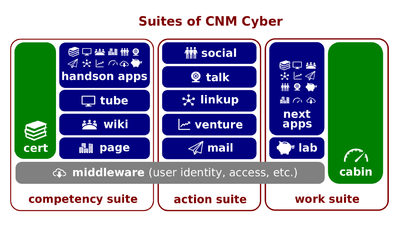What Manual Test Is
What Manual Test Is (hereinafter, the Lectio) is the lesson part of Manual Testing Essentials lesson that introduces its participants to manual testing concepts. This lesson belongs to the CNMCT Entrance section of the CNM Cyber Placement.
Content
The predecessor lectio is What Testing Is.
Script
- Although manual testing can be defined as any testing that is administered by one or more human beings and is done with hands, manual testing usually refers to trials of work products to discover their capacities, characteristics, and defects that are commonly called bugs. Manual testing is opposed to automated testing that is run by some testing software. This software is specifically designed specifically for automated testing.
- The most of manual testing involves controlling whether the work product meets its requirements, looking for bugs, user experience issues, and/or areas for improvements while manually performing actions on a website, mobile app or another end-user application. Those who perform those actions may be called manual testers. The testers perform those actions occasionally or specifically.
- The most of occasional testing is performed by end-users who routinely use the software-powered systems while not having testing as their specific purpose. Any organization that runs these systems either gets or may consider getting feedback from the end-users; this feedback may be used to improve the systems.
- The specifically-arranged testing is usually performed by those workers, which job description directly or indirectly includes manual testing. Besides testing itself, these workers may perform four types of tasks. These testers may (a) plan testing, (b) write test cases, (c) report the identified bugs, user experience issues, and/or areas for improvement, and/or (d) make those corrections that can be done.
- The specifically-arranged testing may address particular issues or areas for improvement. For instance, product work testing evaluates functionality of work products, performance of those teams that developed them, and/or other results of the development. Usability testing aims to find areas for user experience (UX) improvements. Acceptance testing is undertaken to validate whether the developed system complies with its completion requirements routinely called acceptance criteria.
- The occasional testing involves neither planning nor writing test cases; however, occasional testers either report or, in some cases, correct the bugs and other issues. For instance, you are using the product of those people who wrote the lines you are reading or listening right now. To improve any text that you see on CNM Wiki with or without any report, you don't need any job description.
Key terms
- Manual testing, bug, automated testing, testing software, manual tester, usability testing, user experience (UX)
Closing
- Which of the statements below is correct:
- Automated testing is not always run by some testing software.
- Occasional testing could be organized to get end-users feedback about testing object.
- Writing test cases is an essential stage in occasional testing.
- All of the other substantive answers are correct.
The successor lectio is Product Work Tests.
